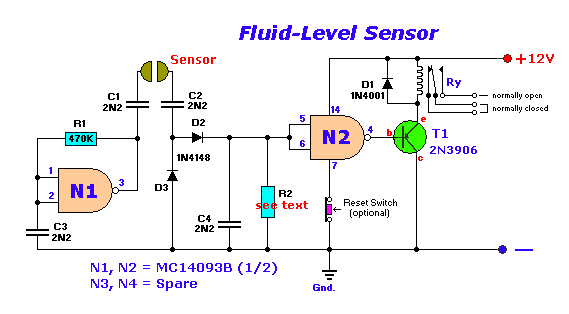
DC motor control using 555 timer circuit

This project utilizes a 555 timer to control the speed of a 6-volt DC motor. Speed adjustment is achieved by rotating a 50 kΩ potentiometer either to the left or right.
The circuit employs the 555 timer in astable mode, which generates a pulse-width modulation (PWM) signal to control the average voltage supplied to the DC motor. The frequency and duty cycle of the PWM signal are determined by the values of the resistors and the potentiometer connected to the timer.
In this setup, the 50 kΩ potentiometer is connected in series with a fixed resistor, creating a voltage divider that influences the timing characteristics of the 555 timer. As the potentiometer is adjusted, the resistance changes, altering the width of the pulses generated by the timer. This, in turn, changes the effective voltage applied to the DC motor, allowing for smooth speed control.
The DC motor is connected to the output of the 555 timer through a suitable transistor or MOSFET, which acts as a switch to handle the higher current required by the motor. A diode should be placed in parallel with the motor terminals to protect the circuit from back EMF generated when the motor is turned off.
Power supply for the circuit should be stable and capable of providing the necessary voltage and current for both the 555 timer and the DC motor. Proper decoupling capacitors are recommended to filter out any noise in the power supply lines.
This 555 timer motor control circuit is ideal for applications where variable speed is needed, such as in robotics, fans, or other motor-driven devices. The simplicity of the design, combined with the effectiveness of PWM control, makes it a popular choice among hobbyists and engineers alike.Using this 555 timer DC motor control electronic project you can control speed of a 6 volts DC motor, by simply rotate left or right the 50 k potentiometer. 🔗 External reference
The circuit employs the 555 timer in astable mode, which generates a pulse-width modulation (PWM) signal to control the average voltage supplied to the DC motor. The frequency and duty cycle of the PWM signal are determined by the values of the resistors and the potentiometer connected to the timer.
In this setup, the 50 kΩ potentiometer is connected in series with a fixed resistor, creating a voltage divider that influences the timing characteristics of the 555 timer. As the potentiometer is adjusted, the resistance changes, altering the width of the pulses generated by the timer. This, in turn, changes the effective voltage applied to the DC motor, allowing for smooth speed control.
The DC motor is connected to the output of the 555 timer through a suitable transistor or MOSFET, which acts as a switch to handle the higher current required by the motor. A diode should be placed in parallel with the motor terminals to protect the circuit from back EMF generated when the motor is turned off.
Power supply for the circuit should be stable and capable of providing the necessary voltage and current for both the 555 timer and the DC motor. Proper decoupling capacitors are recommended to filter out any noise in the power supply lines.
This 555 timer motor control circuit is ideal for applications where variable speed is needed, such as in robotics, fans, or other motor-driven devices. The simplicity of the design, combined with the effectiveness of PWM control, makes it a popular choice among hobbyists and engineers alike.Using this 555 timer DC motor control electronic project you can control speed of a 6 volts DC motor, by simply rotate left or right the 50 k potentiometer. 🔗 External reference





